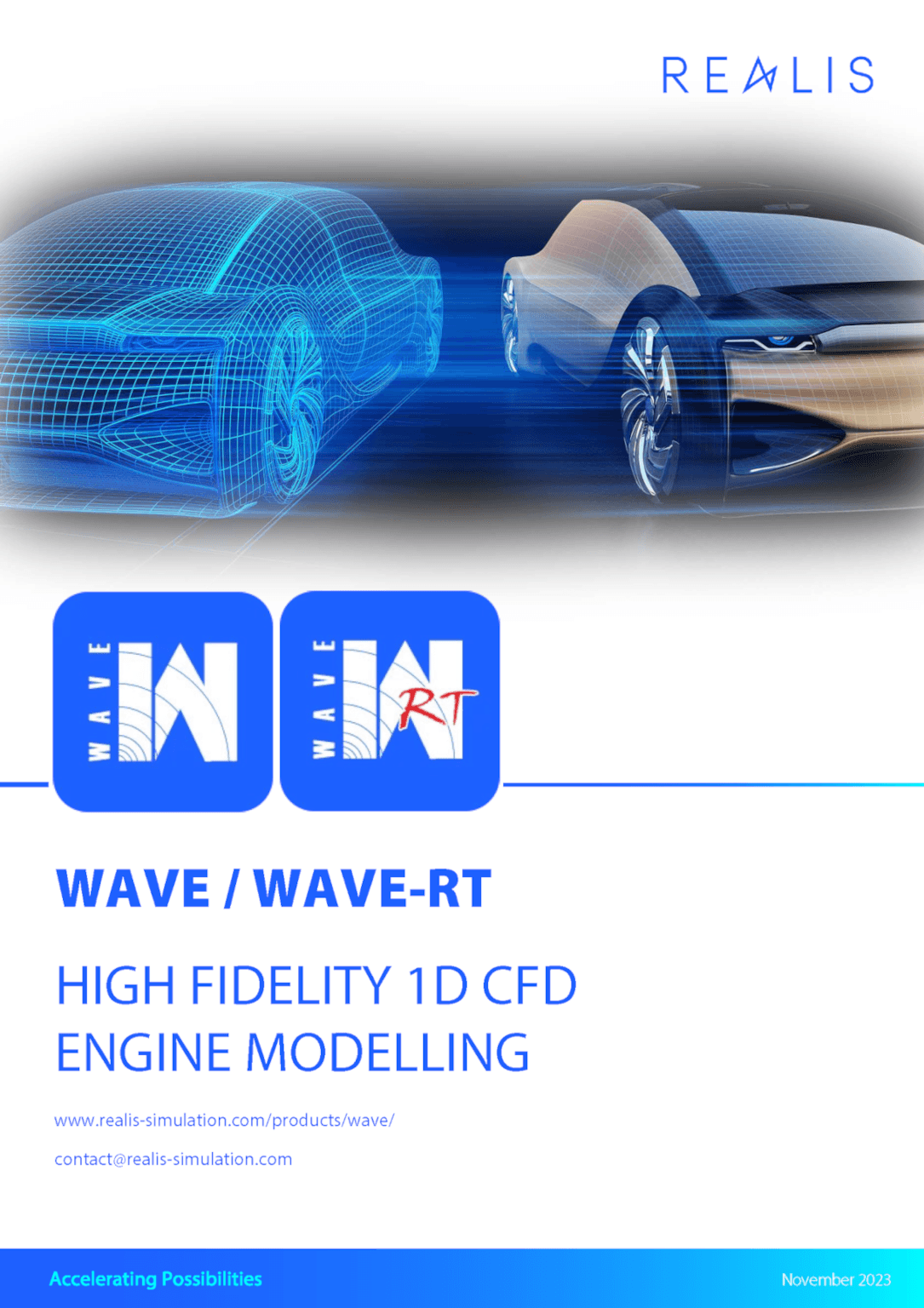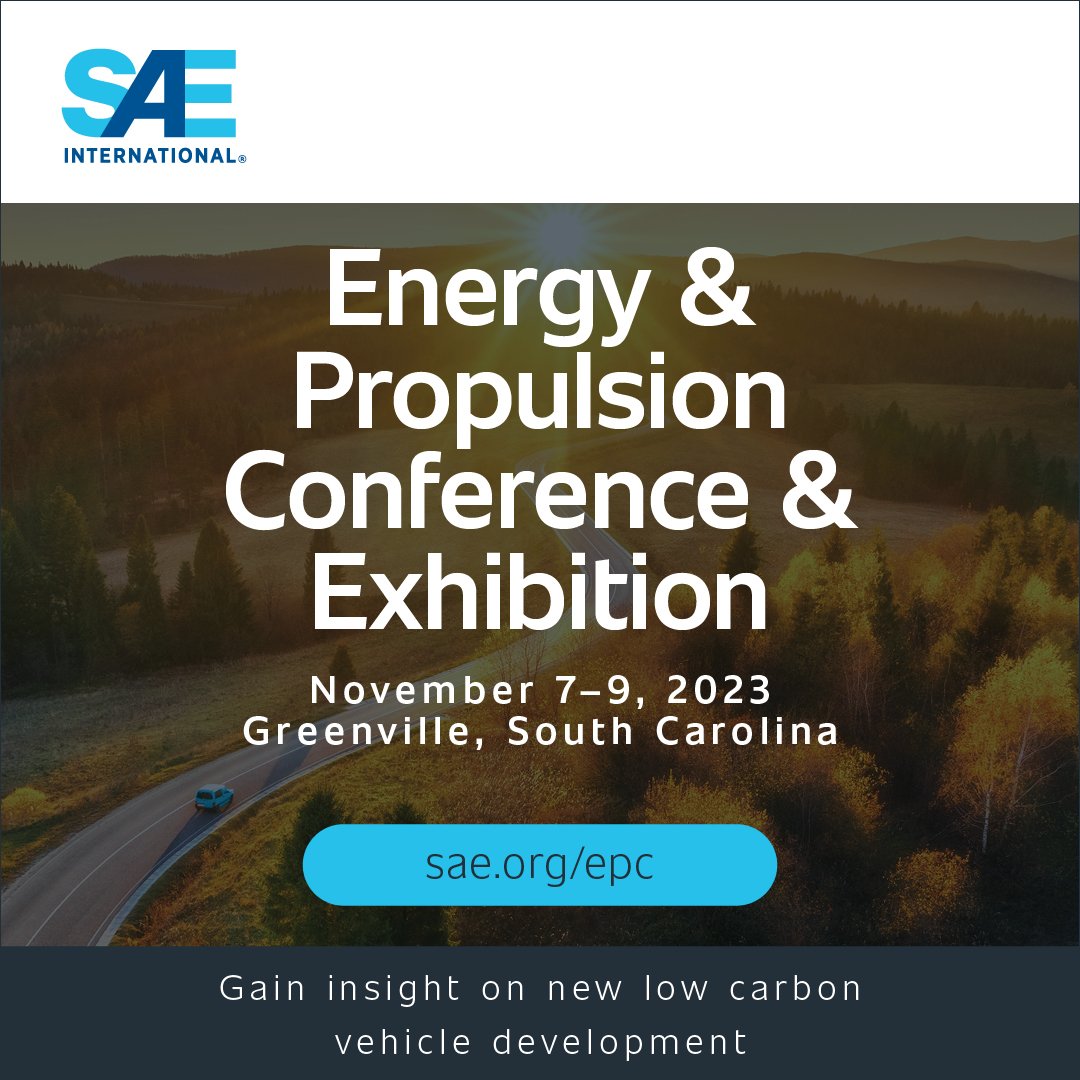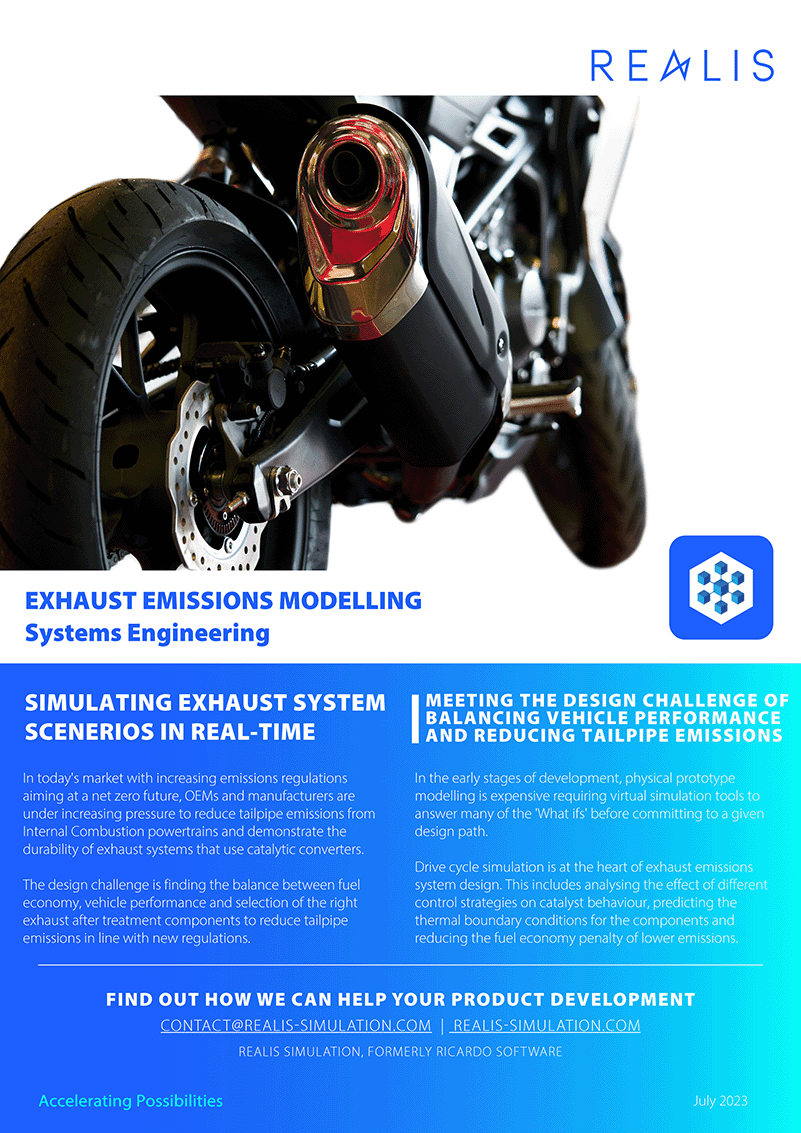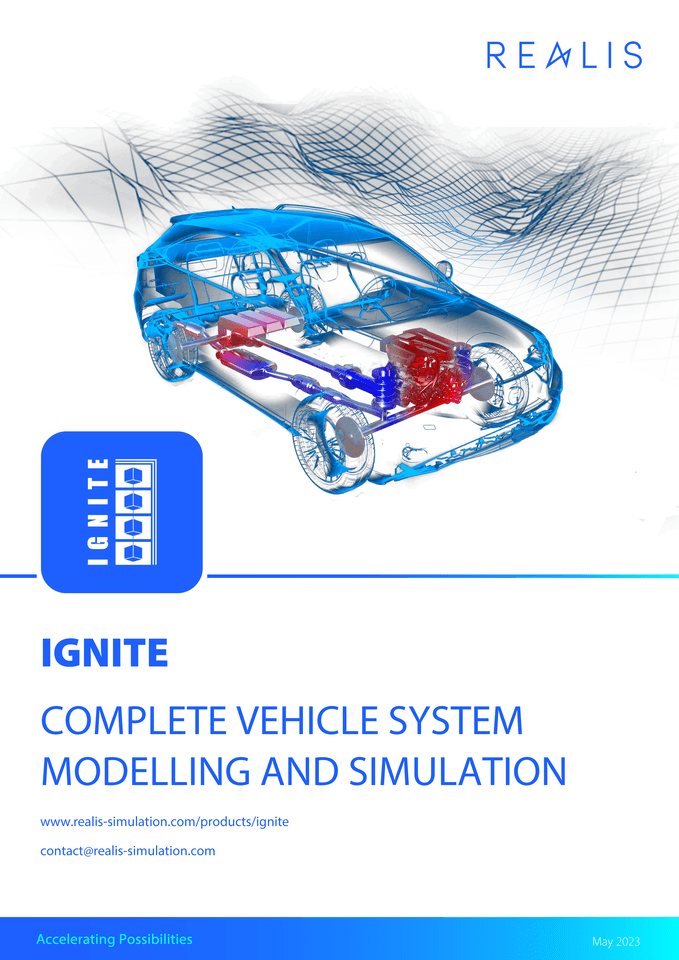
Emissions

Reducing propulsion system emissions
The number 1 mobility industry priority is to cut emissions with the ultimate goal of achieving net zero emissions from the propulsion system. Driven by poor air quality and global warming effects, Original Equipment Manufacturers (OEMs) and manufacturers must comply with increasingly stringent regulations to emit fewer pollutants including Nitrous-Oxide (NOx) and Carbon Monoxide (emitted as greenhouse gas CO2) as well as Ammonia and Formaldehyde to name but two. Additionally brake and tyre dust must be limited alongside exhaust gas particulates.
This comes as Euro5+ regulations are due for motorcycles in 2024 and Euro 7 for vehicles from 2025, with the target of net zero cars and vans by 2035. In parallel, the maritime industry is aiming for global shipping to cut emissions by over 50% before 2050.
Emissions regulations apply regardless of whether the propulsion unit is running on petrol, diesel, hydrogen, alternative fuels (e-fuels), electricity or a hybrid system, leaving OEMs and manufacturers to decide the right design path for their vehicles and applications.
In the initial stages of development, physical prototype modelling is expensive, and this is where simulation software is vital to answer the ‘What ifs’ before committing to a design path. Realis Simulation software models exhaust emissions, often in real-time showing the effects of different fuel types, calibration scenarios and drive cycle performance on overall system emissions.
Our insights


WAVE
Brochure
A New Analytical Method for calculating Transient Lube Oil Consumption with Validation against Measurements
Technical Paper
Using Analysis of the Ring Pack and Piston to Optimise Oil Consumption of Current and Future Engines
Technical Paper
VECTIS
Brochure
Exhaust emissions modelling
Brochure
IGNITE
Brochure
An introduction to aftertreatment modelling
Conference